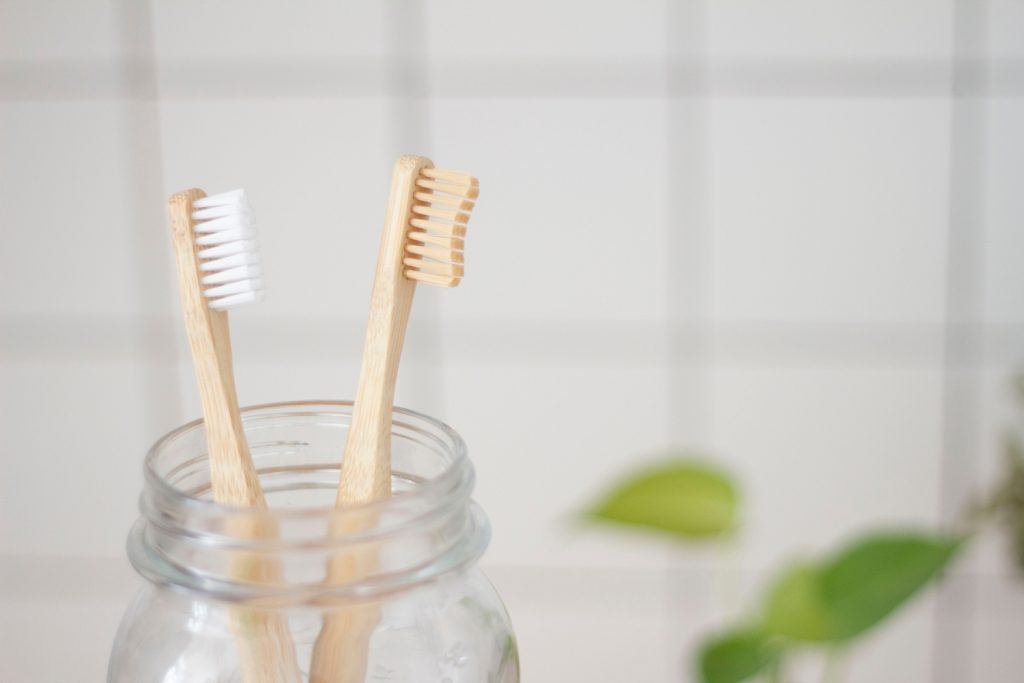*Disclosure: Links included in this post are amazon affiliate links. This means that, at no additional cost to you, I will earn a small commission if you click through and make a purchase.
If there’s one room in the house worth organizing, it’s definitely the kitchen. It’ll make you feel like you’re on top of the world. It’s the hangout place, the space you’re in morning, noon, and night. It can feel frazzled and chaotic or calm and chill. Here are some tips to get your kitchen organized.
1. Clean the kitchen before bed.
Do the dishes, putz around and pick up. Get it into some semblance of order before heading to bed for the night. Yep, you’re tired from your day, but your morning will thank you.
2. Pare down dishes.
Somehow, we accumulate dishes – mismatched plates and miscellaneous bowls. We may use them because they’re just, well, there. But, we could easily get by on fewer. Determine how many sets of dishes you really need, and go through your current inventory inspecting for pieces that have seen better days – that have been melted in the dishwasher, or are cracked. You get the drift. Anything that is excess, damaged, or no longer fits your lifestyle can go.
3. Corral water bottles.
Talk about accumulation! Water bottles build up from your kids’ sports, the freebies you get at events, or through work. The allure of “free” isn’t always in your favor – like if you don’t have room for the item. Step 1: Pare down to your favorites, or one for each family member. Step 2: Ensure they each have a home. I love the above water bottle holder to keep them neat and tidy.
4. Try drawer dividers.
$20 well spent. They’re great for dresser drawers, bathrooms, and most certainly kitchens. They help to organize messy utensil drawers, food storage container drawers, and anything in between. Bamboo dividers like these are particularly pretty in a kitchen space:
5. Tackle counter clutter.
Pay attention to your pain points here. Is it paper accumulation? Misc. items on the counter? I recommend tucking appliances away. Even a toaster that may be used once/day can have a home in a cupboard as it takes but a minute to get out. If you have items that you like to keep on the counter (a place for keys or change or maybe a diffuser and oils) consider a pretty tray, so at least the items are contained instead of loose on the counter. Here are some decor options:
6. Embrace the junk drawer.
Say what? Did I write that? Sure! We all have miscellaneous things that can be grouped together in a drawer. But, grouped is a key word. See what the similar items are – rubber bands, notepads, pens, keys, etc. Clear acrylic drawer organizers are great for separating out piles so the drawer doesn’t become a jumbled mess.
7. Sort through food storage containers.
This is typically one of the top kitchen pain points. I’m “team lids on” for storing, so you’ll never be searching for lids. But, if you have another storage method that works, go for it! Either way, take some time to pull all the pieces out and make sure everything has a mate – all the bottoms have lids that are supposed to. Discard the rest. Drawer dividers come in particularly handy here if you’re storing containers with lids separate. You can nest the bottoms in each other, install a drawer dividers, and put all the lids on the other side of the drawer.



8. Organize one drawer or cupboard per day.
How do you eat an elephant? One bite at a time! Kitchens are no different! Kitchens can feel overwhelming, as there are so many items in so many different cupboards, drawers, spaces. Yet, it’s a simple area to break into chunks because it’s a naturally compartmentalized space. Drawers already exist to help us delineate and contain. So, go with it, and tackle one at a time. Junk drawer one day, utensil drawer another. Before you know it, you’ll have worked your way through the entire space.
9. Develop a paper system.
Counters and horizontal surfaces such as tables are clutter magnets. This includes piles of paper. But, you are the one in control of your paper. You tell it where to go! Bills go here, things to file go here, and recycling goes directly into the recycle bin as it enters your home.
10. Pare down pots and pans.
This is another category where you may have more than you use or need. And, since pots take up so much space, it’s really worth your while to pare down. You’re the one who knows what your favorites are, so based on your cooking preferences and lifestyle, keep what you use and get rid of what you don’t! And, enjoy your organized kitchen!














